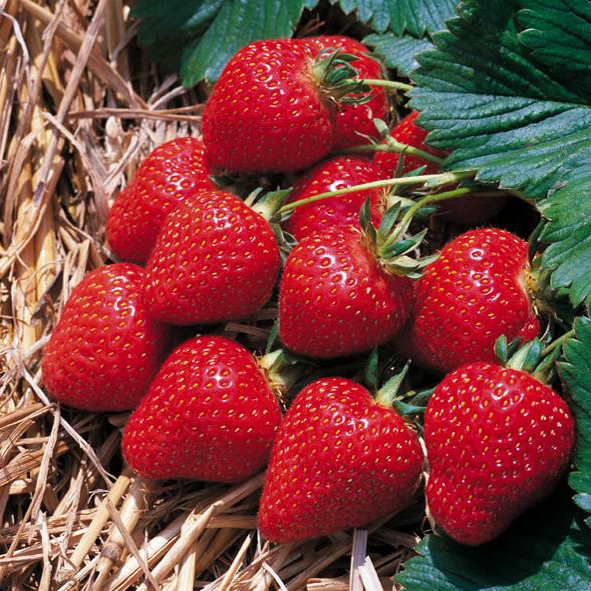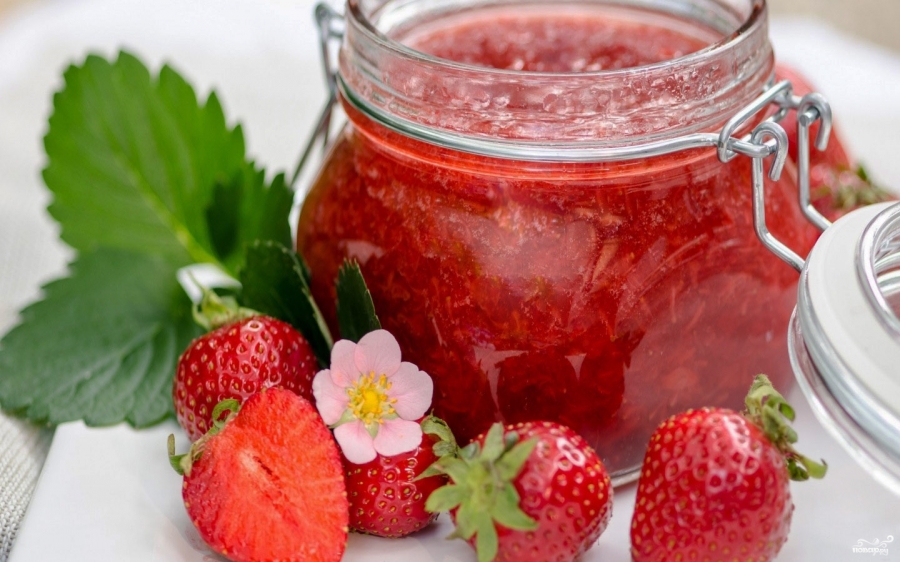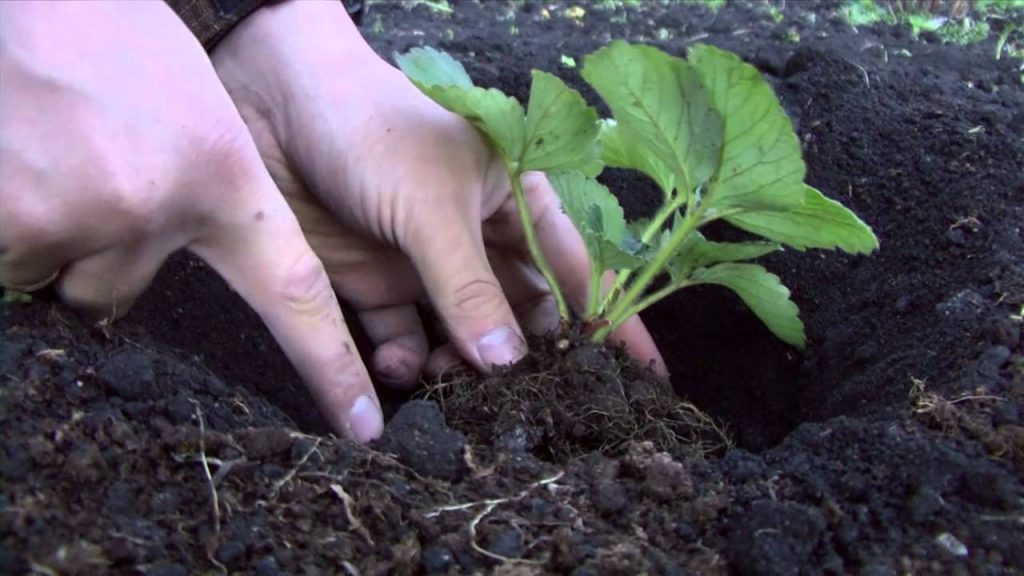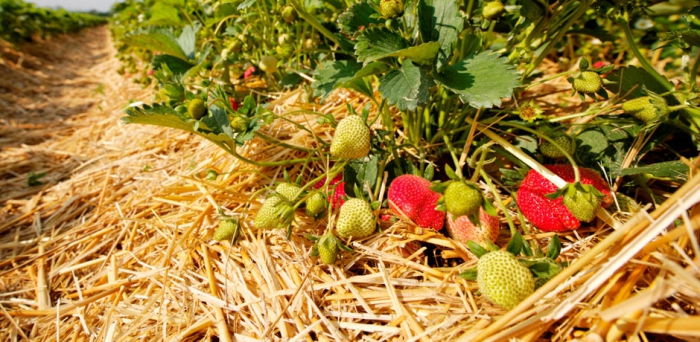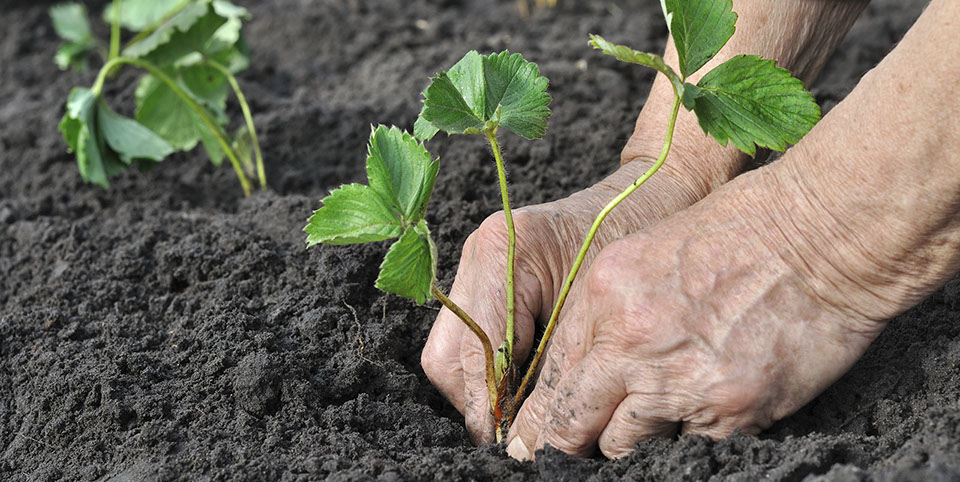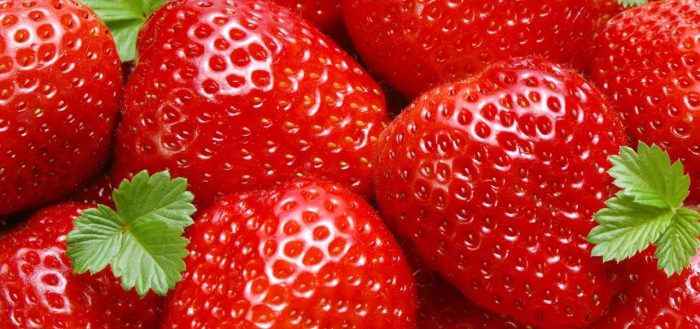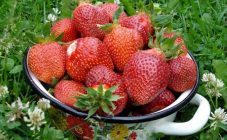Content:
When growing strawberries on a personal plot, you want to get beautiful, large and tasty berries. An excellent choice is the Italian strawberry variety Clery.
Variety history
In 1998, the Italian breeders of the Mazzoni Group company managed to get a kind of strawberry with large sweet berries. They called her Clery. The "parents" of this variety are Swett Charlie and Onedor. Since then, it has been successfully cultivated both in European countries and in Russia.
It owes its popularity to its large, smooth berries with excellent taste. It is this variety that can most often be found on store shelves. This strawberry is grown not only in industrial conditions, but also in private plots.
Description of Strawberry Clery
This type of strawberry has strong semi-spreading bushes. In the process of growth, it forms many whiskers. Stems and peduncles are tall. The leaves are dark green in color, large, inflorescences are formed at the height of the leaves. Peduncles are quite thick and strong. Flower buds form during short daylight hours when the average daily temperature drops.
The variety belongs to remontant early ones. It begins to bloom in early May. The berries are large, conical, of the same size, weighing 30-40 grams. The color is red, with shine. It tastes sweet with a strawberry scent. Ripen in mid-May.
Despite the juiciness, the berries are dense, well tolerated and stored for a long time. It is because of these varietal qualities that Clery strawberries are in demand among entrepreneurs selling these berries.
The yield is high. With industrial cultivation, up to 290 kilograms of the crop can be harvested from one hectare.
Clery strawberries are thermophilic, but they endure frost. In central Russia, it is better to grow in a greenhouse. When planting in open ground for the winter should be covered. Clery berries are versatile. They are suitable for freezing, cooking compote and jam. Fresh, these berries will bring real pleasure.
Clery strawberries are resistant to many diseases and mold. Only anthracnose infection is possible. To avoid this, Clery bushes are treated three times with a mixture of 100 grams. copper sulfate, 130 gr. lime and 8 liters of water. To consolidate the result, after picking the berries, the planting is treated with the Switch preparation.
Growing features
This species of the dicotyledonous class reproduces rapidly. Up to 25 seedlings can be obtained from one mother bush. However, to obtain good planting material, only the first rosettes are taken from healthy strong bushes. It is better to break up a new plantation in August or spring.
Purchased seedlings are planted as quickly as possible. Be sure to select healthy, without any flaws, plants with 5 leaves. Too long roots are shortened to 5 cm. To prevent the roots from drying out, they are dipped in a clay mash before planting. Before planting seedlings, the soil is moistened.
Landing scheme -35 × 35. Clery grows quickly and thickens quickly when planted more densely, which will reduce yields. The beds should be located from north to south. The best shape is a square, this will simplify the care of strawberry plantings.
According to the characteristics, Clery is unpretentious to the soil, but grows better on light, moist soils. The growing area should be well lit by the sun.
Watering should be done as the soil dries up in the garden. The roots of Clery's strawberries are located in the top layer of the soil. To obtain a large harvest, it is better to organize drip irrigation.
Improper watering will kill the plant. In places where there is a high probability of drought, watering the beds with Clery should be watered once a week. After the first abundant watering, the strawberry beds are mulched. This will prevent water evaporation and reduce watering, reduce weeds and make the berries cleaner.
During the season, the Clery variety is fertilized four times:
- After snow melts;
- Before flowering;
- During flowering;
- In the second half of August.
| 1 | 2 | 3 | 4 | |
|---|---|---|---|---|
| Fertilizer composition (per 10 liters of water) | 2 gr. boric acid, ammonium, potassium permanganate | 20 gr. Nitrofoski, 2 gr. Potassium sulfate. | Infusion of cow manure at the rate of 1: 8 | 40 gr. Complex fertilizer, 200 gr. ash |
Ripening of berries can be accelerated by covering the plantation with agrospan. This will speed up ripening by 15 days.
At the end of summer, old leaves are removed. This should be done with scissors or pruning shears. If there is no purpose to propagate the variety, the mustache must be removed during strawberry fruiting. The leaves are cut at a height of 5 cm from the ground.
Due to the fact that the variety is thermophilic, attention should be paid to preparing for winter. The first step is to trim the leaves and remove all weeds. After that, the soil is loosened. At the end of October, the beds are mulched with hay, straw or coniferous branches. The mulch is harvested in the spring after the bushes begin to grow.
After four years, the plantation should be rejuvenated. Better to transplant to a new location.
Advantages and disadvantages of the variety
Despite the good reviews and tempting descriptions of Clery strawberries, this variety has both pros and cons.
Among the advantages, the following qualities should be noted:
- High marketability of berries;
- Good transport tolerance;
- Simultaneous maturation;
- Excess moisture does not affect the taste of the berries;
- The formation of a large number of mustaches by bushes, which allows it to propagate independently.
Cons of the Clery variety:
- The berry taste may seem simple;
- Insufficient care affects the taste of the berries;
- A large number of mustaches - in the absence of pruning, the planting of berries thickens, which negatively affects the berries.
The ability to grow tasty, sweet and beautiful berries outweighs the disadvantages of this variety. If you follow all the recommendations, you can not only provide your family with delicious berries, but also get additional income.
